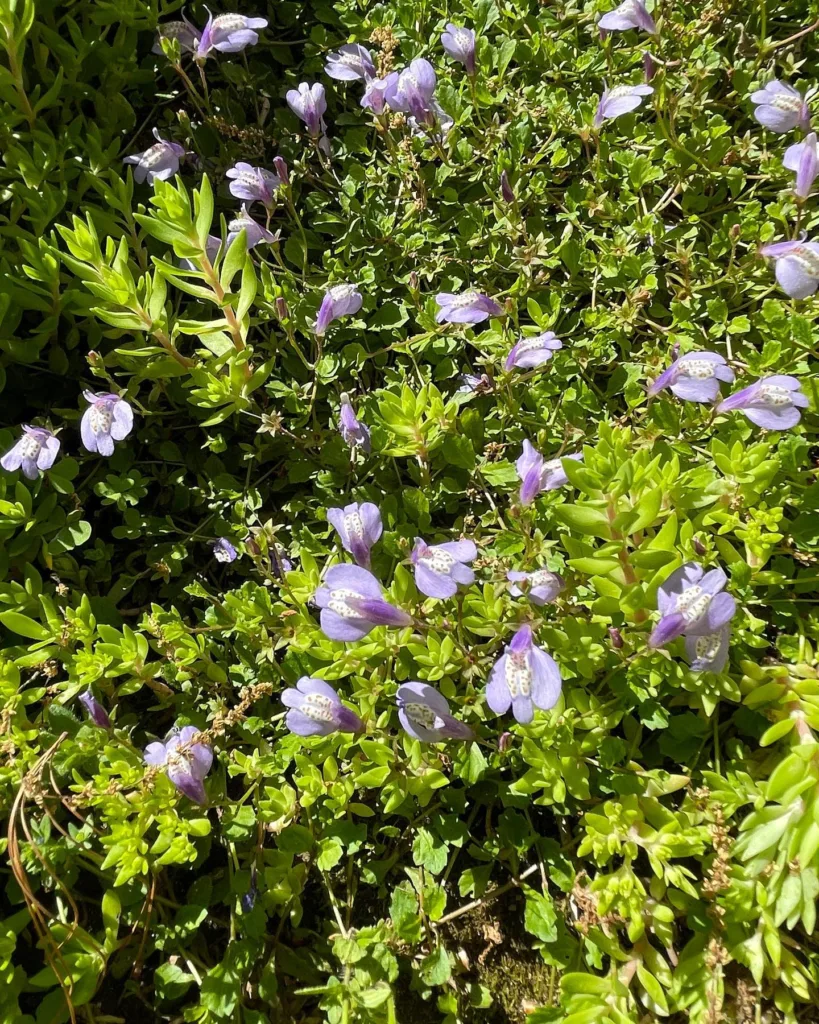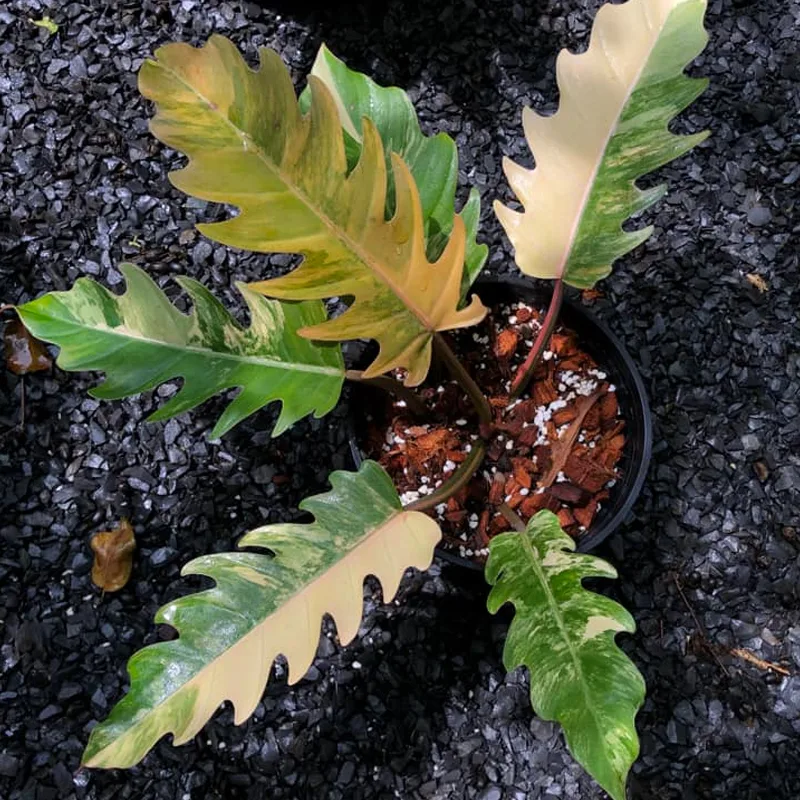
8 Species in Genus Liriope
What is Liriope Muscari?
Liriope Muscari, often referred to as “monkey grass” or “lilyturf,” is a hardy perennial plant commonly used in landscaping for ground cover, borders, and erosion control. It features grass-like foliage and produces vibrant purple or lavender flower spikes in late summer to early fall, followed by dark berries. This low-maintenance plant is popular in gardens for its versatility and aesthetic appeal.
How to trim Liriope Muscari?
To trim Liriope Muscari, I recommend cutting back the foliage in late winter or early spring, just before new growth starts. Use sharp garden shears or a lawnmower set to its highest setting to trim the leaves down to about 3-4 inches. This encourages fresh, healthy growth for the upcoming season.
Is Liriope Muscari invasive?
Liriope Muscari is not considered invasive in most regions, but it can spread aggressively under the right conditions. Unlike its cousin, Liriope Spicata, which is more prone to spreading, Liriope Muscari tends to grow in clumps and is easier to manage.
Do deer eat Liriope Muscari?
In my experience, deer rarely eat Liriope Muscari, making it an excellent choice for gardens in areas with high deer activity. The plant’s tough, fibrous leaves are not particularly appealing to deer.
Does Liriope Muscari spread?
Yes, Liriope Muscari spreads by forming clumps. While it’s not as aggressive as Liriope Spicata, it can gradually expand over time, creating a dense mat if left unchecked. Regular maintenance and dividing the clumps every few years can help control its spread.
How far apart to plant Liriope Muscari?
When planting Liriope Muscari, space the plants about 12 to 18 inches apart. This spacing allows them to grow and form a dense, lush ground cover while preventing overcrowding.
How to plant Liriope Muscari?
Planting Liriope Muscari is straightforward. Choose a well-drained location with partial to full sun. Dig a hole twice the size of the plant’s root ball, place the plant at the same depth it was in its container, and backfill with soil. Water thoroughly to help it establish roots.
How to pronounce Liriope Muscari?
Liriope Muscari is pronounced as “luh-RYE-oh-pee MUSK-uh-ree.” This elegant name reflects its Greek origins.
Is Liriope Muscari deer resistant?
Yes, Liriope Muscari is deer-resistant. Its tough leaves and unappealing texture make it a reliable choice for gardens in areas with deer.
Is Liriope Muscari poisonous to dogs?
Liriope Muscari is generally considered non-toxic to dogs. However, consuming large amounts of any plant can cause mild gastrointestinal upset. If you’re concerned, monitor your pets and consult a vet if they show symptoms.
What to plant with Liriope Muscari?
Liriope Muscari pairs well with plants like hostas, ferns, daylilies, and ornamental grasses. Its clumping growth habit and vibrant flowers make it a beautiful contrast to broad-leafed or taller plants.
When does Liriope Muscari flower?
Liriope Muscari typically flowers in late summer to early fall, producing striking purple or lavender flower spikes. These blooms add a splash of color to the garden as other plants begin to fade.
When to plant Liriope Muscari?
The best time to plant Liriope Muscari is in early spring or fall when the weather is cooler. This gives the plant enough time to establish its roots before extreme temperatures set in.
Where to buy Liriope Muscari?
You can find Liriope Muscari at most garden centers, nurseries, or online plant retailers. I’ve often seen it available in both potted and bare-root forms.
How to care for Liriope Muscari?
Liriope Muscari is low-maintenance, requiring minimal care. Water it regularly during its first growing season to establish roots. Afterward, it’s drought-tolerant. Fertilize in early spring with a balanced fertilizer and prune annually to keep it tidy.
How to propagate Liriope Muscari?
The easiest way to propagate Liriope Muscari is by dividing mature clumps. Dig up the plant in early spring or fall, carefully separate the clumps with a sharp tool, and replant them in well-prepared soil.
Can you grow Liriope Muscari indoors?
While it’s uncommon, Liriope Muscari can be grown indoors in pots if placed in a bright spot with indirect sunlight. However, it thrives best outdoors due to its preference for natural light and space to spread.
What are the benefits of Liriope Muscari?
Liriope Muscari is a versatile plant with numerous benefits. It’s excellent for ground cover, erosion control, and adding texture to landscapes. It’s also low-maintenance, drought-tolerant, and deer-resistant.
What are common problems with Liriope Muscari?
Common issues with Liriope Muscari include fungal diseases like leaf spot and crown rot, often caused by overwatering or poor drainage. Pests like slugs and snails can occasionally be a problem. Regular maintenance and proper planting conditions can prevent most of these issues.
Liriope Muscari vs. Liriope Spicata?
Liriope Muscari and Liriope Spicata differ mainly in growth habits. Liriope Muscari grows in clumps, making it easier to control, while Liriope Spicata spreads aggressively via runners, making it better for ground cover but harder to manage. Both have similar care requirements but suit different landscaping needs.
If i die, water my plants!



